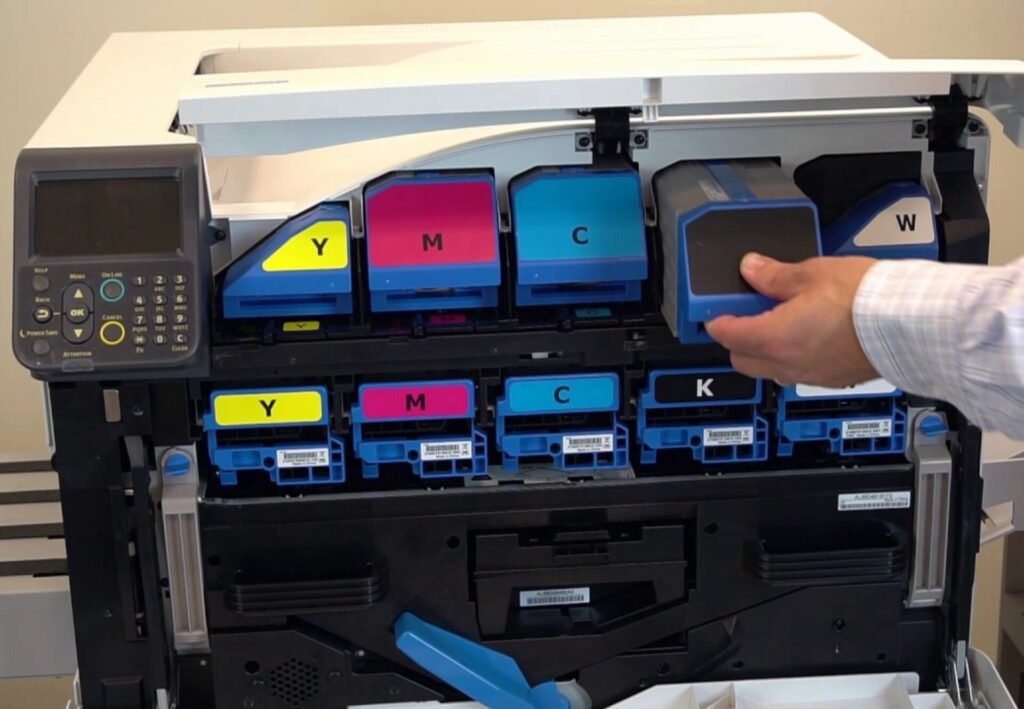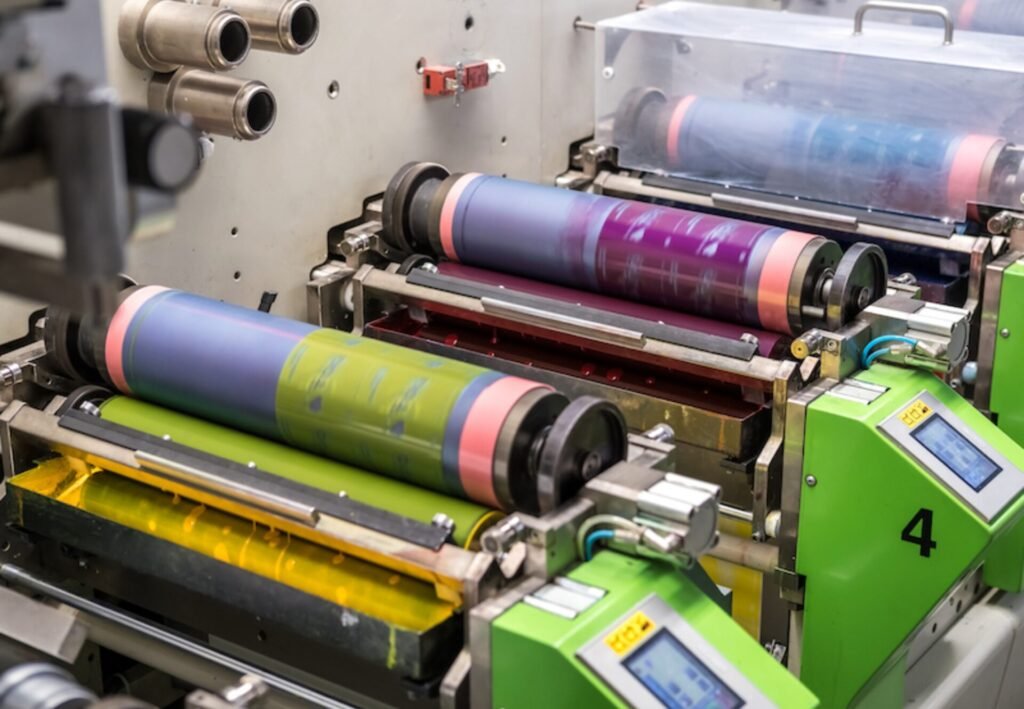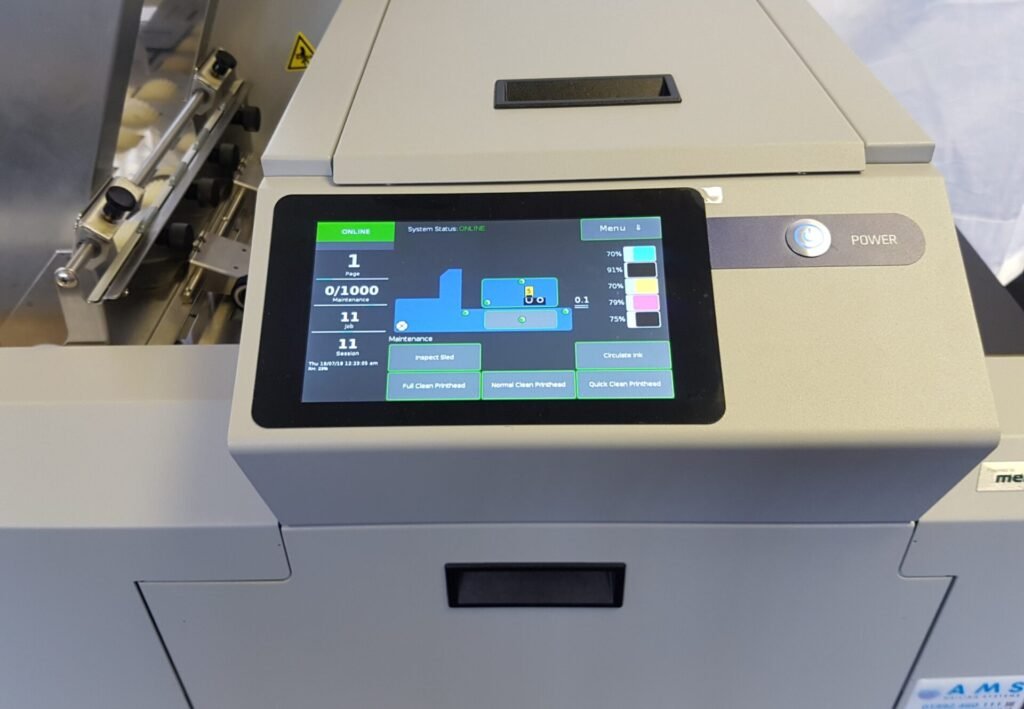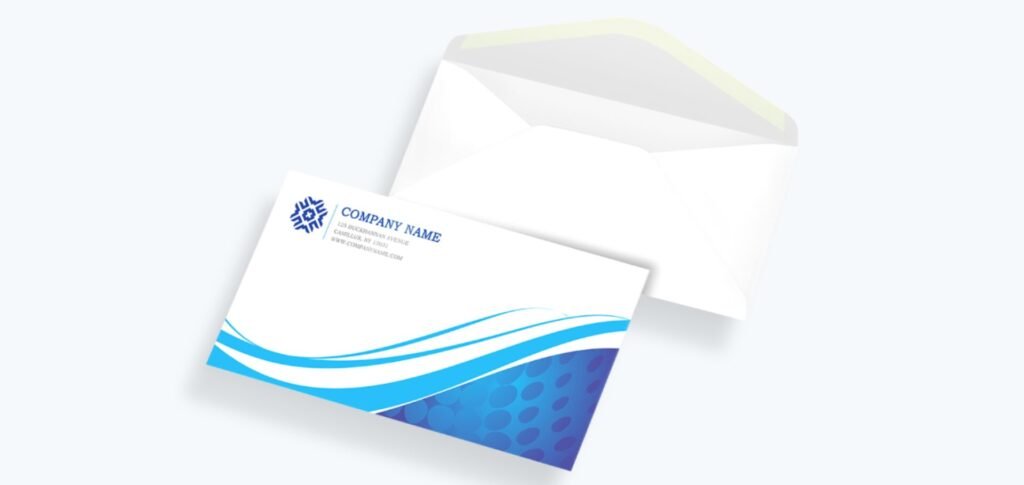In an era where digital communication reigns supreme, the charm and impact of a well-crafted envelope can make a significant difference. Whether for personal invitations, business correspondence, or marketing campaigns, printed envelopes add a touch of professionalism and personalization that electronic messages simply cannot match. This blog delves into the nuances of envelope printing, exploring its benefits, techniques, and tips to ensure your mail stands out.
Why Envelope Printing Matters
- First Impressions Count: The envelope is the first thing recipients see. A well-designed and professionally printed envelope can create a positive first impression, signaling the importance of the contents inside.
- Branding Opportunity: For businesses, envelopes serve as a branding tool. Custom-printed envelopes featuring your logo, brand colours, and fonts help reinforce brand identity and ensure your mail is immediately recognizable.
- Personalisation: Personalised envelopes can make your correspondence feel special and more engaging. This is particularly beneficial for invitations, thank-you notes, and direct mail marketing.
Types of Envelope Printing
Offset Printing

- Advantages: High quality, suitable for large volumes, cost-effective for bulk printing.
- Disadvantages: Not cost-efficient for small quantities, longer setup time.
Digital Printing

- Advantages: Quick turnaround, cost-effective for small to medium runs, allows for easy customization and variable data printing.
- Disadvantages: Higher cost per unit for large volumes, may not match the colour fidelity of offset printing.
Flexographic Printing

- Advantages: Suitable for printing on a variety of materials, high-speed production.
- Disadvantages: Lower print quality compared to offset and digital, expensive setup costs for short runs.
Screen Printing

- Advantages: Ideal for specialty inks and finishes, great for unique, high-impact designs.
- Disadvantages: Time-consuming process, not suitable for fine details.
Design Tips for Envelope Printing
- Keep it Simple: A clean, uncluttered design is often the most effective. Focus on key elements such as your logo, return address, and any essential branding elements.
- Use High-Quality Images: Ensure any images or graphics used are high resolution to avoid pixelation when printed.
- Choose the Right Fonts: Select fonts that are easy to read and reflect your brand’s personality. Avoid using too many different fonts to keep the design cohesive.
- Colour Consistency: Use your brand colours consistently to strengthen brand recognition. Be mindful of colour contrasts to ensure readability.
- Incorporate Special Finishes: Consider adding special finishes such as embossing, debossing, or foil stamping to add a touch of elegance and sophistication.
Also Read – What Is GSM Paper ?
Practical Considerations
- Envelope Size and Shape: Standard envelope sizes (such as #10 for business letters) are cost-effective and widely used, but custom sizes can make your mail stand out.
- Paper Quality: Choose high-quality paper stock for durability and a premium feel. Consider eco-friendly options to align with sustainability goals.
- Printing Techniques and Costs: Understand the cost implications of different printing techniques and choose one that fits your budget and quality requirements.
- Compliance with Postal Regulations: Ensure your envelope design complies with postal regulations to avoid delivery issues.
Also Read – C4 Envelope Size Guide – Envelope Design Guide
Step-by-Step Process of Envelope Printing
- Design: Create a design using graphic design software. Ensure all elements are within the print-safe area.
- Proofing: Review a proof of the design to check for errors and ensure colour accuracy.
- Printing: Choose the appropriate printing method based on your volume, budget, and quality needs.
- Finishing: Apply any special finishes, such as embossing or foil stamping.
- Quality Check: Conduct a final quality check to ensure the envelopes meet your standards before distribution.
Conclusion
Envelope printing is an art that combines creativity, precision, and practicality. By investing in professionally printed envelopes, you can enhance your brand’s image, create memorable first impressions, and engage your audience more effectively. Whether you’re sending out business communications, invitations, or marketing materials, a well-designed envelope is a powerful tool that should not be overlooked.
Checkout our other amazing products – Personalised Invoice books and
















